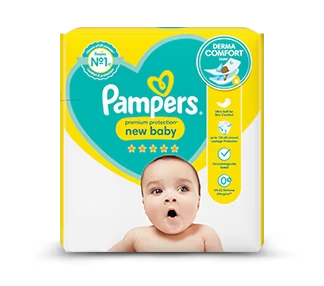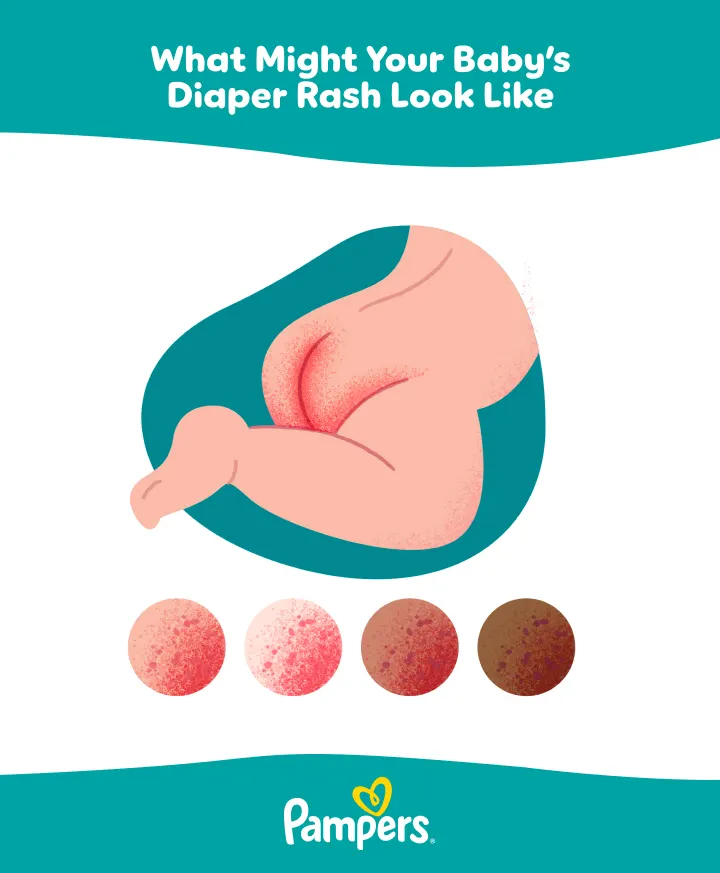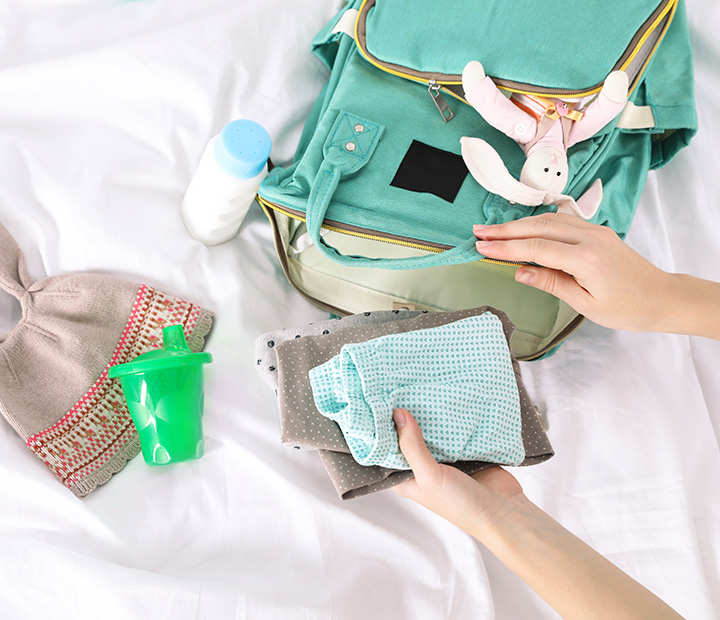
Teething and Nappy Rash: What’s the Connection & How to Help
Many parents wonder whether teething can cause nappy rash, especially when both can occur simultaneously. While there’s no direct medical link between the two, increased drooling during teething may lead to loose stools, which can irritate your little one’s skin and contribute to what may seem to be a teething nappy rash. Recognising this potential overlap can help you respond confidently, ease your baby’s discomfort and support their skin through this normal, although sometimes tricky, development phase.
In this article, we’ll explore the symptoms of teething, whether it can contribute to a nappy rash and how you can help keep your little one’s skin comfortable and protected.
What Is Teething?
Teething is when an infant’s first teeth, also known as milk teeth or baby teeth, start to push through the gums. This process typically begins around 6 to 12 months, but every baby is different, and the timing may vary.
Symptoms of Teething Associated with a Nappy Rash
Contrary to popular belief, a nappy rash is not a direct symptom of teething. Some parents assume that increased drooling during teething causes babies to swallow excess saliva, leading to looser stools. This, in turn, may increase the risk of having a nappy rash during teething due to prolonged moisture and skin irritation. However, if your infant has diarrhoea while teething, it may be due to another cause.
Common signs of teething include:
Some babies may experience mild discomfort, while others might not show many noticeable symptoms. You can learn more with our guides about symptoms of teething and the typical teething timeline.
Can Teething Cause a Nappy Rash?
As mentioned earlier, it’s unlikely that teething directly causes a nappy rash. The direct link between the two is not well-established. However, it’s not uncommon for teething and a nappy rash to coincide around the same time in your little one’s development.
If teething isn’t the cause, what else could be behind your baby’s nappy rash? Here are four common reasons:
Other possible causes of a nappy rash include bacterial, yeast or viral infections, allergic reactions to new products and an ill-fitting nappy.
What Does a Teething Nappy Rash Look Like?
While teething is unlikely to cause a nappy rash, you may still want to know what it typically looks like. Common signs of a nappy rash include:
If your little one has a persistent nappy rash, it could be due to another cause, such as a fungal or bacterial infection. If the rash does not improve after a few days, consult your GP or health visitor for advice.
Home Remedies for Nappy Rash from Teething
While teething itself does not directly cause a nappy rash, the two may occur around the same time. If your little one develops a nappy rash during teething, keeping their skin clean and dry may help ease discomfort. A nappy rash usually clears up within a few days with proper care.
To help prevent a nappy rash and protect your baby’s delicate skin, try these care tips:
If the nappy rash lasts more than a few days, worsens or shows signs of infection (such as blisters, open sores or pus), speak to your GP or health visitor for further advice.
FAQS AT A GLANCE
There is no direct link between teething and nappy rash, but both can occur at the same time. Increased drooling may lead to loosen stools, which can contribute to a nappy rash during teething. Other causes include moisture, friction and skin sensitivity.
The Bottom Line
Although teething and nappy rash can often happen around the same time, there is no clear link between the two. Understanding the signs of teething, along with the causes of a nappy rash, can help you find the best ways to keep your baby’s skin comfortable and protected.
If your baby develops a nappy rash during teething, keeping their skin clean and dry and choosing absorbent nappies can help. If irritation persists or worsens, consult your GP or health visitor for advice.
In the meantime, download the Pampers Club app to enjoy exclusive rewards and discounts on your nappy and baby wipes purchases.
How We Wrote This Article The information in this article is based on expert advice found in trusted medical and government sources, such as the National Health Service (NHS). You can find a full list of sources used for this article below. The content on this page should not replace professional medical advice. Always consult medical professionals for full diagnosis and treatment.
Read more about Baby
Related Articles
Join Pampers Club and get








